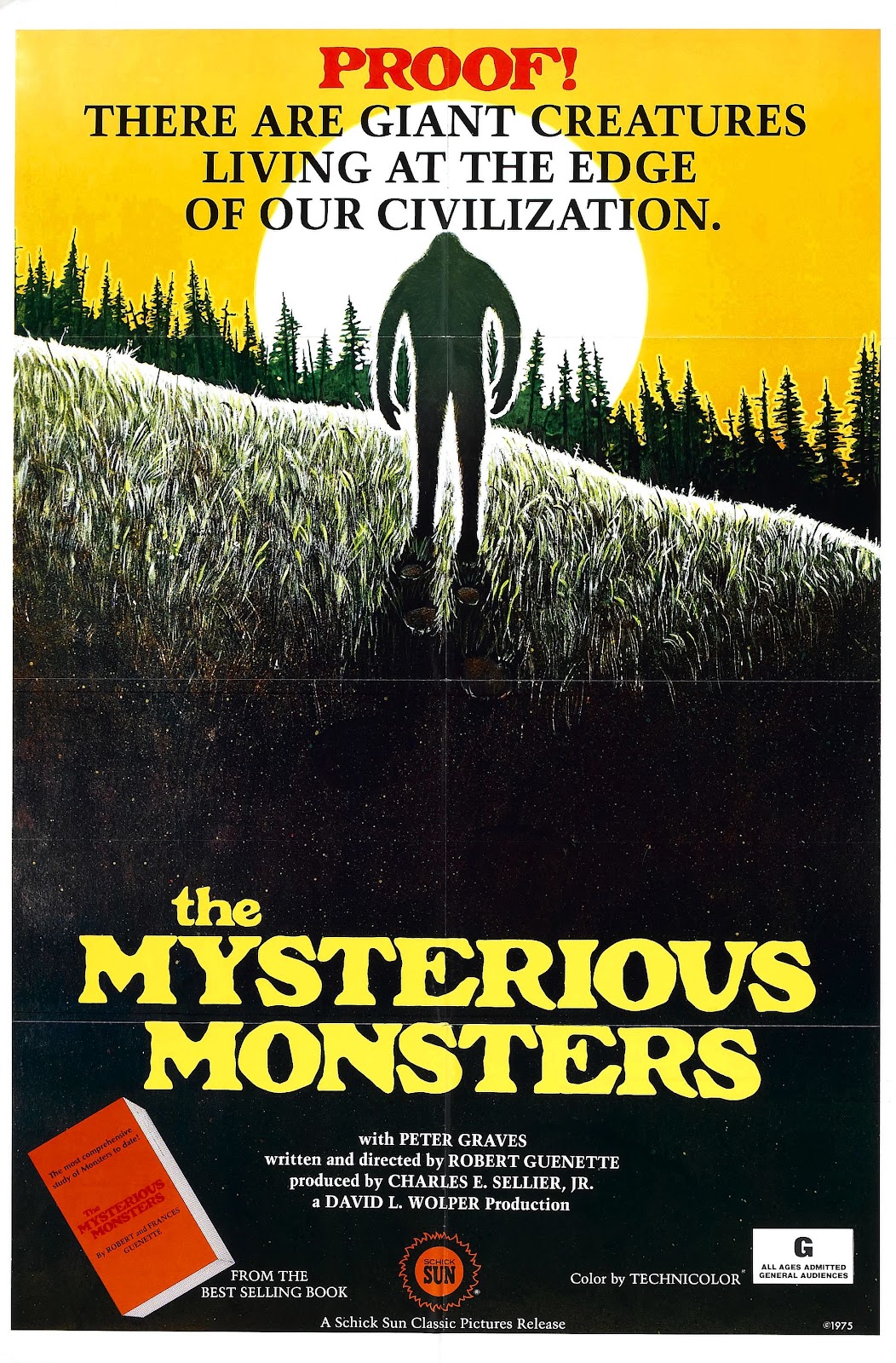A ferocious dinosaur lays siege to a roller coaster on Coney Island. The fearsome Kraken rises from the sea to claim its latest victim. A hapless sailor and his crew battle sword-wielding skeletons.
These movie moments captivated me as a child. Each time a Ray Harryhausen monster took center stage, I would move the rabbit-ear antenna on the old TV in the basement to improve the picture. Even through a haze of static and commercial interruptions, the illusion held sway. I believed.
Harryhausen, the special-effects maestro who died earlier this month at the age of 92, breathed life into all of the above and many more, a pantheon of monsters hatched from mythology and his own fervid imagination.
Without a doubt, Harryhausen’s special effects were the best part of many films with which he was involved. “Jason and the Argonauts,” for example, is a largely tepid affair, a paint-by-numbers, sword-and-sandal epic about the legendary titular explorer’s attempts to find the Golden Fleece and become king of Thessaly. The acting is wooden and the plot virtually nonexistent.
But every 20 minutes or so, the movie blazes to life when a Harryhausen creation saunters into frame: Talos, the bronze giant, voted the second greatest movie monster of all time (behind King Kong); the Hydra, fierce creature with the head of seven snakes; and, of course, a battalion of skeletons, bones clicking and clacking as they attack Jason and his men.
Harryhausen’s effects are cinematic magic at its finest. Using miniature models, he would shoot one frame of film, stop the camera, move the model infinitesimally, and then shoot the next frame, laboriously building the illusion of movement.
Considering that one second of film contains 24 frames, it would take days to yield only a few seconds of usable film, painstaking labor that would be combined later with live-action footage using reverse projection and other techniques. Working within constraints of time and money (there was never enough of either), the man created marvels.
Harryhausen’s biggest influence was the aforementioned “King Kong,” a movie that both he and fantasy author Ray Bradbury (who died last year) saw at impressionable ages. In the book “Kong Unbound,” Harryhausen dubbed it “the greatest fantasy film ever made.” He later would learn its secrets at the feet of stop-motion pioneer Willis O’Brien, the man who animated “Kong.” Harryhausen worked with O’Brien on the original “Mighty Joe Young,” another movie about a large ape whisked away to civilization.
Harryhausen went on to create special effects for many Hollywood productions, including “20 Million Miles to Earth,” “It Came from Beneath the Sea,” “Earth vs. the Flying Saucers” and “The 7th Voyage of Sinbad.” “The Beast from 20,000 Fathoms,” which climaxes with the monster stomping Coney Island, was based on a story by Bradbury and pays homage to the two men’s love of giant monsters.
Harryhausen’s last hurrah was 1981’s “Clash of the Titans,” another romp through mythology. By then, the heyday of stop-motion animation had passed, replaced by a variation called “go motion” that relied on a computer to move the scale models.
“Go motion” itself would have a short shelf life, supplanted by full computer animation 10 years later in “Jurassic Park.” Today, stop-motion, when it is used at all, is done to invoke nostalgia.
Yet there is still much to recommend the earlier method. The herky-jerky look of stop-motion -- with puppets manipulated by hand, inflating and deflating bladders hidden inside to simulate breathing -- infuses a sense of personality in the finished effect that is sometimes lacking in more seamless computer animation.
Just as King Kong reflects the scrappy nature of O’Brien, the many creatures animated by Harryhausen reflect what I imagine to be his ferocious desire to overwhelm the audience, to make them gasp or smile or shriek.
And, above all, to make them believe.
chris.schillig@yahoo.com @cschillig on Twitter







